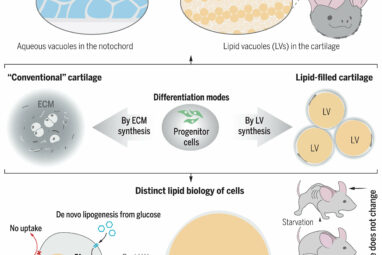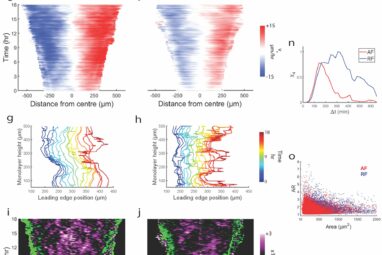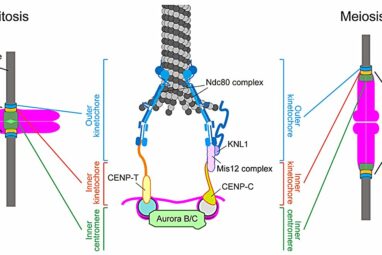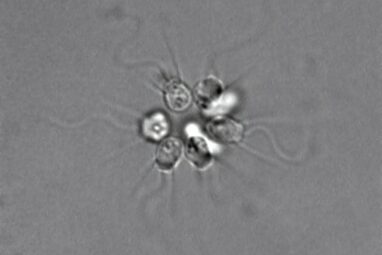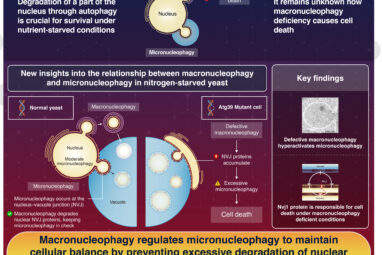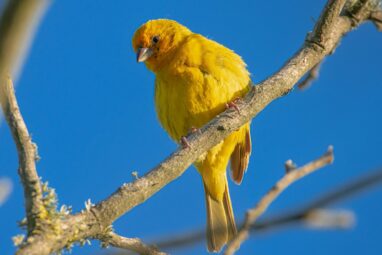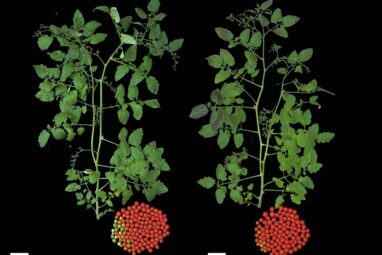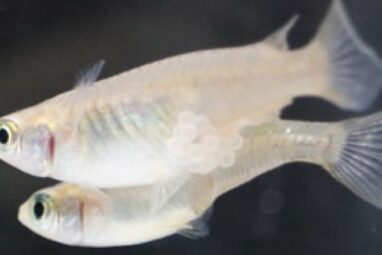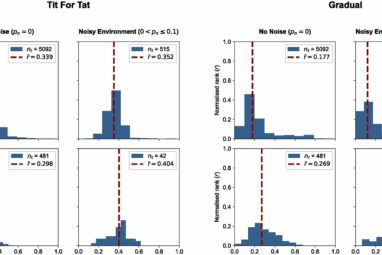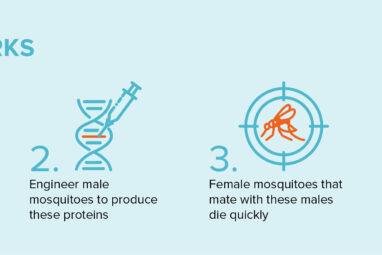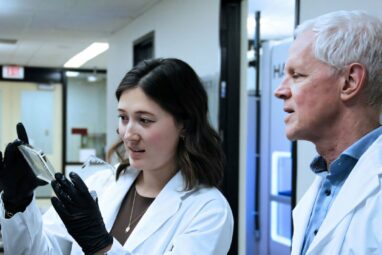An international research team led by the University of California, Irvine has discovered a new type of skeletal tissue that...
In mechanobiology, cells’ forces have been considered fundamental to their enhanced function, including fast migration. But a group of researchers...
In a study that could help scientists better understand and manipulate cell division, RIKEN biologists have engineered artificial structures that...
A new study published in Science Advances reveals evidence of electrical signaling and coordinated behavior in choanoflagellates, the closest living...
Autophagy, the cell’s essential housekeeping process, involves degrading and recycling damaged organelles, proteins, and other components to prevent clutter. This...
Birds make sounds to communicate, whether to find a potential mate, ward off predators, or just sing for pleasure. But...
Genome editing with CRISPR-Cas is often associated with the induction of mutations. However, a team of researchers from the Swiss...
Dogs have lived alongside humans for thousands of years. They have been used to hunt, guard, herd and perform many...
Working out the kinks of mating in the animal kingdom helps to gain insights into the survival of species. Among...
In a new study published in PLOS Computational Biology, an international research team from the Max Planck Institute for Evolutionary...
A new biological pest control method that targets the lifespan of female insects could significantly reduce the threat of insect...
Researchers at McMaster University have discovered a critical vulnerability in drug-resistant bacteria: zinc—or a lack thereof. In a recent study,...
